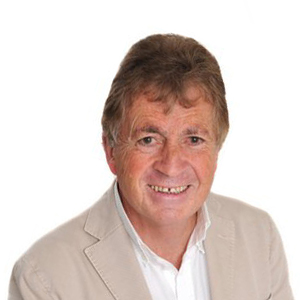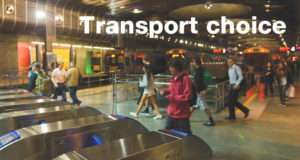Cr Mike Lee, Chair Transport Committee
The recent announcement by John Key swinging government political and financial support behind the City Rail Link – starting 2020 – was great news. The decision was a political masterstroke by the PM, though apparently some of his cabinet colleagues were not so enthusiastic. They needn’t worry no-one will regret this. The City Rail Link project will be enormously beneficial to Auckland. An inner city underground with metro stations – apart from the obvious transport benefits – will be transformational giving Auckland a truly international feel. But the PM’s announcement does raise some hard questions. The first is funding. A mayoral think tank, ‘The Consensus Building Group,’ has come up with ideas on sourcing extra funding – these (road pricing and tolls) don’t seem very appealing to me, Aucklanders are already paying their way. And actually nor are these measures very efficient revenue gatherers. Perhaps the best solution is the one suggested in a recent interview by Transport Minister Gerry Brownlee – some of the national fuel tax being redirected into non-road projects like the CRL. In other words this is pretty much what the previous Labour government worked out with the ARC in 2007 – a regional fuel tax.
But it’s not just about funding, part of the problem in local government – indeed our public sector in general – is that we are overly focussed on the supply side (increasing funding) but not the demand side (cost and getting value for money). For instance our PT operating costs are too high – and our construction costs are higher than any other country I can think of. It’s a rather taboo subject but our vertically integrated construction monopoly (or duopoly) impacts heavily on the costs of highways, roads, bridges, tunnels, rail …and housing. In other words on the future affordability of our national infrastructure. Given this privatised monopoly culture a real concern is that if the public sector somehow came up with extra funding, costs could magically rise to match that funding. As for the CRL, I have always thought the price ($2.8b) to be gold-plated, with an additional new electric train fleet and a lot of other network costs thrown in. So it’s not just about funding – we need to start looking hard at the costs. Perhaps when the time comes in 2020, hopefully earlier, we should encourage some of the big Chinese construction firms to tender – and get some competitive tension into our construction sector. Let me give an example of what I am talking about. Early in 2011 the then Transport Minister Steven Joyce reviewed the regional plans for a second harbour crossing which we finalised in 2008. The agreed option was a road/rail tunnel. The Minister had the leading options costed. The road/rail tunnel was costed between NZ $4-$5b. The cheaper option according to the minister was a second harbour bridge running parallel to the existing harbour bridge. This cheaper option according to NZTA was costed at NZ$3-4b. But if we look at the Millau bridge in France – the highest bridge in the world which is considered to be both an engineering and architectural masterpiece the cost was only $400m Euro equivalent to only NZ$660m. The Millau bridge is 2.56km length – the Auckland Harbour bridge is 1km in length. Though this bridge was completed in 2005 there is still a vast difference to the construction price per km with NZ prices. That’s just one indication from the first world about just how far NZ prices are out of whack with the world market. Folks we are being ripped off.
There is another problem – the PM stated that if Auckland rail passenger demand increased to the required level, the government would advance its timetable closer to the Mayor’s preferred start date of 2015. But currently public transport patronage (rail and bus) is flat-lining. This I believe is the consequence of sharp fare increases – combined with continuing substandard punctuality. We need to remember we are in competition with the private car and fare increases in this market are self-defeating. We can still increase rail patronage by expanding weekend services, incentivising off-peak travel, managing fare evasion (which has been recorded on occasions to have been near 10%) and opening new stations eg Parnell. And our new electric trains will be here soon. The Prime Minister has set Auckland a challenge to increase rail patronage. We should accept it.
An abridged version of this article appears in the August issue of Verve magazine.


